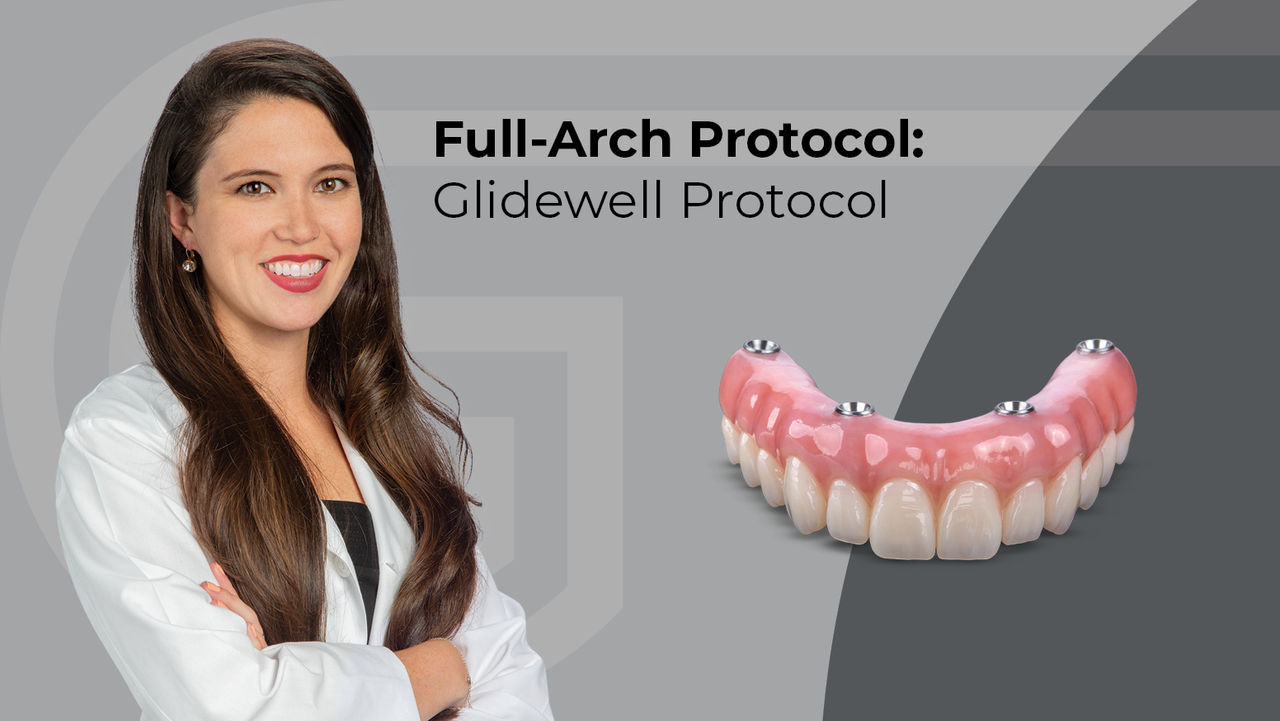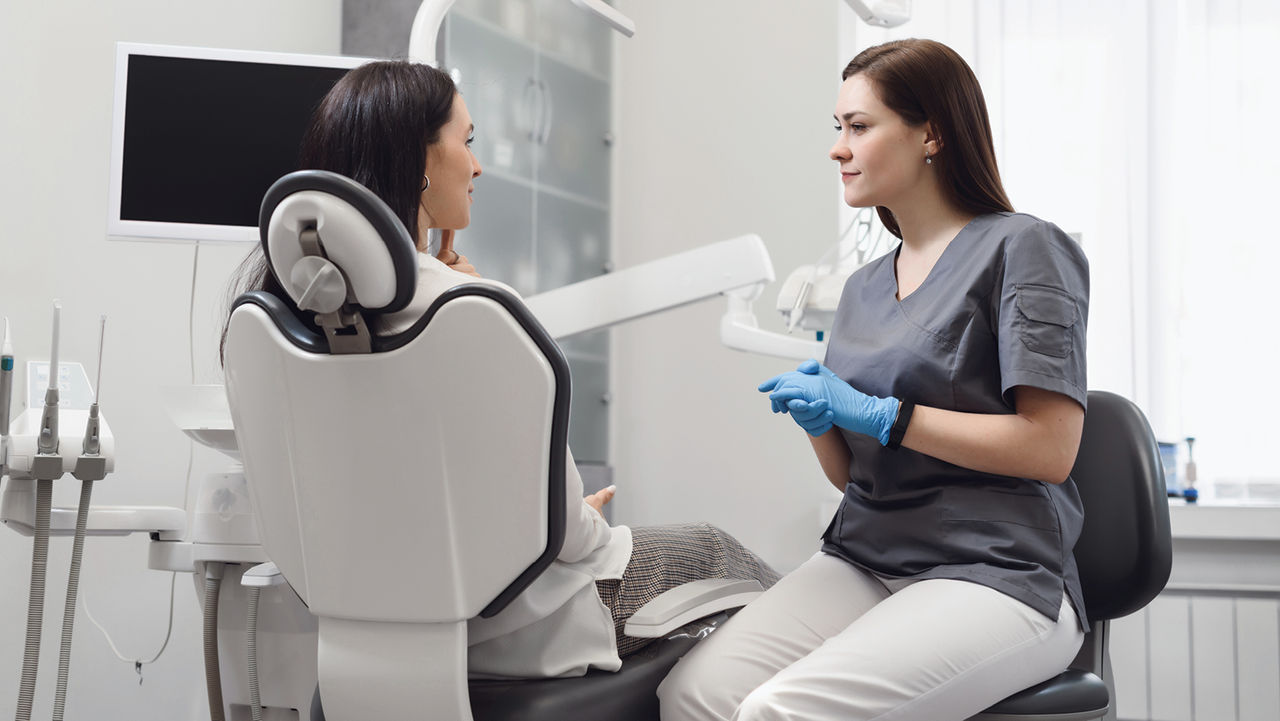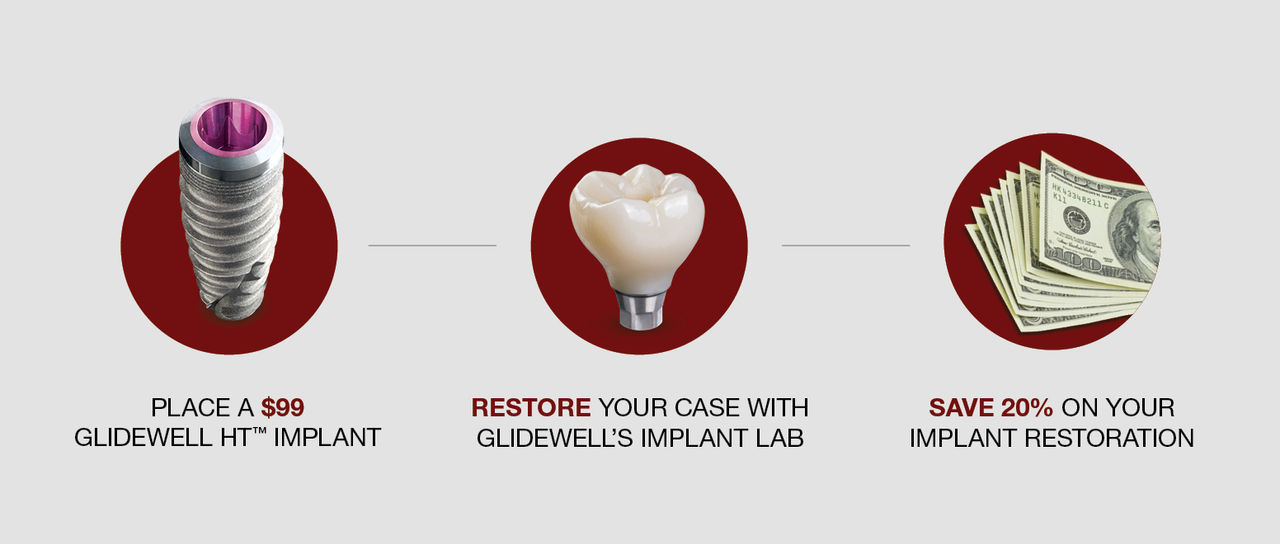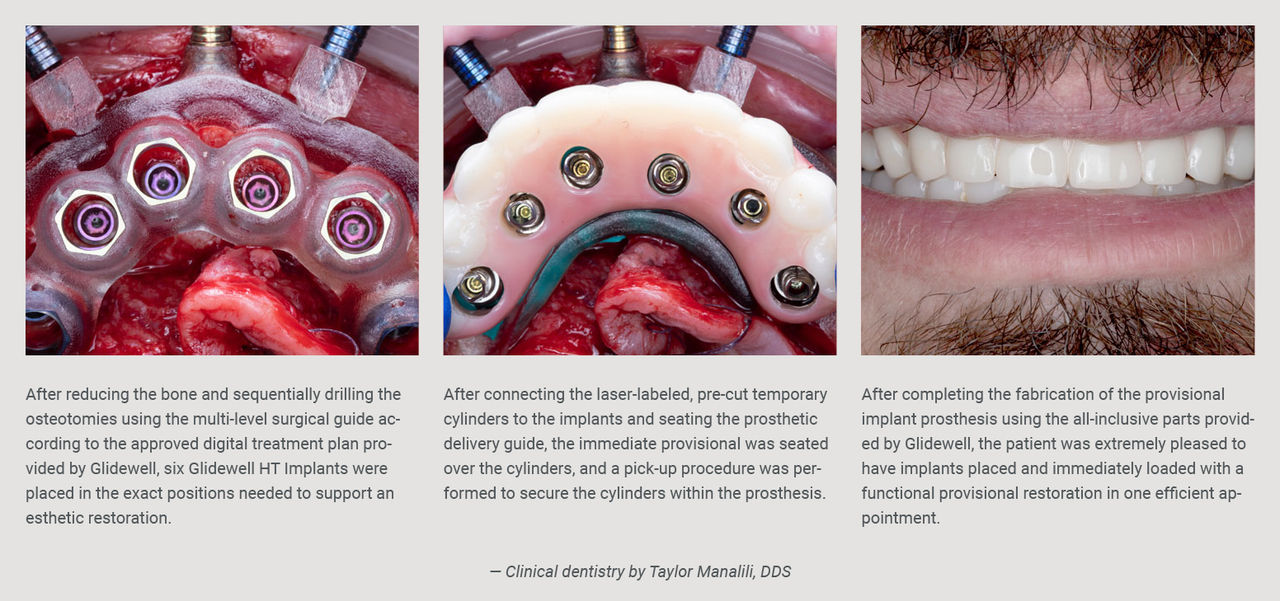5 Ways to Expand Implant Services in Your Dental Practice
Grow your implant practice and start earning more revenue with these actionable tips.
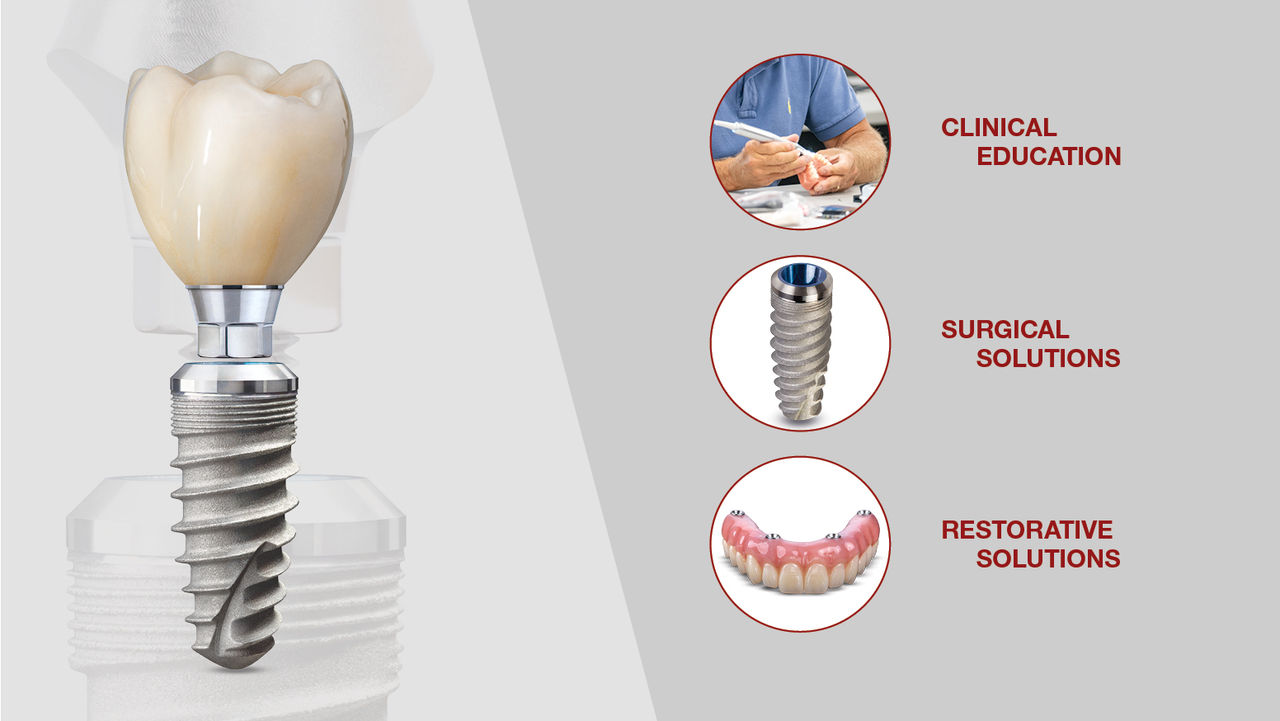
Implant dentistry is an increasingly essential facet of the modern general practice, fueled by technological advancements and the growing number of general dentists who have expanded implant services into their practices. More patients are seeking long-term solutions for tooth loss, meaning dental practices have the chance to broaden their services and substantially increase their revenue through the addition of implant procedures.
Success in implant dentistry is achievable for any general dentist, but it requires more than simply making implant services available to patients. The key to effectively expanding implant services in your dental practice lies in how you do it. By prioritizing aspects like implant education, patient needs and simplified procedures, you can start impacting the effectiveness of your implant practice right away. In this post, you’ll learn 5 ways to start expanding implant dentistry in your practice — and how to grow your business and increase revenue in the process.
Table of Contents
The best way to ensure that your implant practice will be a success is through clinical expertise. Building a strong foundation of surgical and restorative implant skills starts with reestablishing the basics through implant education. Continuing education (CE) and implant skill development are essential, and there are many options available for dentists to accommodate any schedule. From weekend-only classes to on-demand CE courses that can be accessed at any time, it is the easiest time in the history of dentistry for doctors to reinforce or augment their knowledge and skills of implant services through education.
Take Advantage of Online Dental CE
Online CE, like the kind offered at Glidewell, presents dentists with quality education on a range of implant dentistry topics. And not only does Glidewell’s library contain hundreds of hours of free dental CE courses, the Clinical Education team is always working to add more impactful topics that can help general practices grow. Here’s a look at some of the implant-related CE courses that can help implant doctors of any level:
Atraumatic Extraction & Socket Grafting ― This course by Dr. Paresh Patel covers the materials and procedures needed to successfully perform extraction and socket grafting procedures. Viewers will be able to identify the need for these techniques, as well as gain an understanding of the correct grafting materials to use in practice. Click here to learn more about the course.
Restoring Implants: Tissue Preparation and Impression Techniques ― Accurate impressions are fundamental to successful implant restorations. In this course, Dr. Taylor Manalili teaches how to evaluate tooth position and soft tissue levels in preparation for predictable restoration procedures. Learn more about this CE course here.
Full-Arch Protocol: Glidewell Protocol ― This course, also taught by Dr. Manalili, gives doctors an inside look into the Glidewell operatory where she demonstrates the clinical steps for providing full-arch monolithic zirconia restorations. Being able to provide this kind of restorative service to patients is one of the best ways to expand the implant capabilities of any practice. Get started with this course here.
Attend One-Day or Weekend Courses
Online CE is convenient, but in-person implant training is essential. There are many live learning opportunities out there, some of the most readily available being offered by Glidewell. One such resource provided by Glidewell Clinical Education is live courses offered across the country. From California to New Jersey, Glidewell provides in-person training at a number of different locations. Live courses range from one to two days depending on the depth of the topic, and they provide doctors with everything they need, from CEUs, to hands-on training, to practical surgical and restorative skills.
Dentists also have the opportunity to attend multiple weekend-long events throughout the year at the Glidewell symposia. Hosted at the Glidewell Clinical Education Center in Irvine, Calif., these multi-day events provide fast-paced lectures, workshops, and training on a range of topics in dentistry. Glidewell hosts multiple implant-focused symposia a year, where those who are looking to expand the implant services in their practice can gain the relevant skills and speak directly with experts on how to maximize success.
Sign up for Live Implant Training Programs
To get the most out of implant education, it’s recommended to take full programs of live implant lecturing and training. These comprehensive courses bring dentists together to learn from handfuls of experienced implant professionals over the course of multiple weeks, allowing participants to gain a depth of understanding across the field of implant dentistry. A couple examples of such beneficial training programs include:
Resnik Implant Institute: For dentists seeking to expand their implant services elsewhere in the U.S., the Resnik Implant Institute is the perfect training program for getting hundreds of hours of implant learning. Dr. Randolph Resnik, founder of the institute, has more than 35 years of experience, has published several of implant dentistry's essential textbooks, and has trained thousands of dentists how to place implants in the general practice. Hosted throughout the year across different U.S. locations like Florida, Texas and Ohio, dentists interested in the Resnik Implant Institute can learn more here.
AAID MaxiCourse® in Newport Beach, Calif.: Although available throughout the world, doctors on the West Coast of the United States can now attend the first MaxiCourse at the Glidewell Clinical Education Center in Irvine, Calif. Through a combination of live demonstrations, lectures, hands-on workshops, and exercises for surgical and prosthetic procedures, attendees can gain up to 300 hours of CE in implant dentistry. For a look at the full program schedule, visit the MaxiCourse Newport Beach website.
Once your educational foundation is reestablished, you can start to identify and focus on what your implant patients actually need. Identifying needs can have its roadblocks, as dentists and patients will not always be on the same page; however, it’s important to find common ground when it comes to implant dentistry because of the negative impacts patients can experience by forgoing treatment. To do this, you need the right strategy when having case conversations.
Build Relationships
Implant procedures are typically more expensive than the alternatives, which creates an uphill battle for you when it comes to case acceptance. The first thing you should focus on is establishing good relationships with patients to build trust. For this, it’s important to get your whole practice on board. From the doctors, to the hygienists, to the front office staff, everyone needs to be aligned in fostering relationships and have the ability to speak confidently to patients about the advantages of implants compared to other options. The deeper the relationship, the more likely they are to see the benefits of treatment despite financial worries.
Why Implants?
Identifying patients’ needs starts with asking the right questions. Why are they interested in exploring dental implants as a treatment option? Here are some crucial follow-up points to consider:
- Are they looking for better function?
- Do they care more about esthetics?
- Is overall health their priority?
Being able to recognize their primary motivation for treatment will help you cater your treatment plan to each individual patient. When patients feel that their needs are being met, they are more likely to say yes to treatment.
If a patient is more resistant, educate them about tooth loss and its effect on bone health. Because of the harmful effects of bone loss on neighboring teeth, gum health and facial structure, patients who aren’t sure about the importance of implants can get a more potent idea.
Balance Listening and Speaking
As the experts, it’s easy to over explain to patients as they sit and listen about treatment options. The most effective approach is to aim to speak only 50% of the time, while the other 50% is spent listening. Try to make patients part of the conversation and encourage them to ask as many questions as they need. Some additional tips for better listening include:
- Sitting at eye level with patients and making good eye contact
- Keeping arms and legs uncrossed
- Maintaining good overall posture when conversing
Good body language is an overlooked part of effective communication, so try to keep these tips in mind.
Ask for Commitment
So far we’ve touched on the importance of having a good relationship with patients, but dentists can’t forget to ask patients for their commitment. There’s a right way to do it ― and that doesn’t mean being pushy or aggressive. The most impactful question you can ask your patients after presenting implant treatment is simply: “Would you like to have this done?”
Some patients just want to end the conversation and go home, but concluding with this question increases the likelihood that you get an answer that same day. Nudging them towards an answer in a compassionate way can give you some indication of the direction they’d like to move, which ultimately lets you make decisions on future steps more effectively.
Review Financial Options
Finally, have a system in place where patients can comfortably review their financial options. Whether it’s you or a financial coordinator, the best approach is to lay out all payment options available to patients. Don’t take a “one-at-a-time” approach, where you only present one kind of payment hoping patients immediately accept it.
In many cases, dental care financing will be the big difference-maker for patients. It eases the burden of having to pay all at once, and some patients may have the option of interest-free financing. But even if your practice can’t offer this type of payment plan, make presenting all the payment options upfront a standard procedure in your practice.
On the subject of high patient costs, another effective strategy for expanding implant services in your practice is to make them as affordable for patients as you can. The goal is not to completely sacrifice your margins while still providing quality treatment, but to use implant solutions that give you the reliability you want as a dentist ― and the affordability patients want.
Implant dentistry has a higher barrier to acceptance for patients because of the cost of care, and some popular implant brands on the market have historically charged doctors a lot of money to use their products. The introduction of the Glidewell HT™ Implant System (formerly the Hahn™ Tapered Implant System) offers practices a way to avoid overpriced implants while still being able to provide a quality product.
HOW IT WORKS
Glidewell understands that patients really care about the restoration, and not necessarily the implant that sits below it. That’s why their flagship implant is priced at only $99 ― with an additional 20% savings on the cost of the restoration when restored through Glidewell ― allowing doctors to pass additional savings down to the patients.
And when it comes to lab costs, you also need to be mindful of how much you factor them in for all patient procedure fees. Services from labs like Glidewell are essential, and even when the services they provide are affordable, everything needs to be calculated correctly to stay profitable. A good overhead percentage to aim for regarding lab expenditures is 10% or less of a practice’s total production.
The last major thing to consider when thinking of ways to reduce your costs is your dental supply budget. Calculate your average supply expenditure by counting up your supply cost over a 12-month period. Divide this number by gross production and see how you can get that number down to 6%. If you’re already below that number, you’re on the right track. And if you’re looking for ways to save even further, explore the different dental supply options out there, including glidewelldirect.com for everything from implants to bone grafting solutions.
Want to get started with Glidewell HT Implants? Visit glidewell.com/ht-intro for exclusive introductory offers for new customers.
It’s commonly taught that one of the key factors in dental practice success is production. When your practice has efficient production, it means your systems are in place, staff are well-trained, and you’re constantly servicing patients with little down time. In order to expand the implant services in your practice, this same methodology has to apply to the new services you provide. More efficient habits in your implant services directly lead to increased productivity.
Mistakes sometimes occur chairside, but minimizing those mistakes is the quickest way to reduce excess chair time. It’s always a good idea to brush up on things like impression-taking techniques and intraoral scanning best practices. These skills are important to get right the first time because they increase the likelihood that your final restoration can be delivered quickly, with minimal chairside adjustments.
There are many quick and free video resources online that you can revisit as often as you need to feel confident in being able to take as accurate a scan or impression as possible. For example, below is a video by Dr. Manilili where she details her tips and tricks for scanning an implant abutment for fabrication of a cement-retained crown.
The last way to start expanding implant services in your practice is to simplify treatment. There are certain procedures ― like anterior implant placement or full-arch restorations ― that are known to be complicated and have higher margins for error. But there are tools readily available to dentists that can help simplify these procedures and ensure a successful outcome.
Even for the easiest cases in the hands of experienced doctors, placing implants freehand carries some amount of risk. Slight mistakes in treatment planning or evaluation can complicate both the placement and the restoration of implants. If you want to expand your implant business, solutions are available that can help eliminate surprises and speed up chair time. That’s where digital treatment planning (DTP) and guided surgery come in.
With surgical guides, experienced lab technicians are able to create physical templates that ensure implants are positioned in the maximum amount of bone safely away from anatomical structures. Accurate implant placement also helps to achieve esthetic and functional results for patients while significantly cutting down on chair time for clinicians.
If you use Glidewell’s implant lab, then you’re in luck; Glidewell’s DTP team excels in fabricating surgical guides and developing digital treatment plans for the full range of implant cases. Available in three types, tooth-, tissue- and bone-supported surgical guides are designed to help tackle any implant procedure of any degree of complexity. There are even stackable surgical guides that can take you through every step of complex full-arch implant treatment ― from bone reduction and implant placement to delivery of an immediate full-arch provisional. Incorporating guided surgery is one of the most effective options for simplifying treatment in your practice.
Expanding your practice into implant dentistry comes with its challenges, but it is one of the most effective avenues for growth and financial success in dentistry. From experienced implant practitioners to complete beginners, there’s always something new to learn and start implementing in your practice. As technology improves, methods evolve and more advanced products hit the market, it’s essential for dentists to stay ahead of the curve to provide the best and most affordable care possible.
Are you ready to start expanding implant services in your practice? Start by exploring Glidewell’s clinical education options, including weekly webinars, free online CE, instructional video content, live courses and more!
Glidewell HT is a registered trademark of Prismatik Dentalcraft, Inc.
More to Know
Send blog-related questions and suggestions to hello@glidewell.com.


